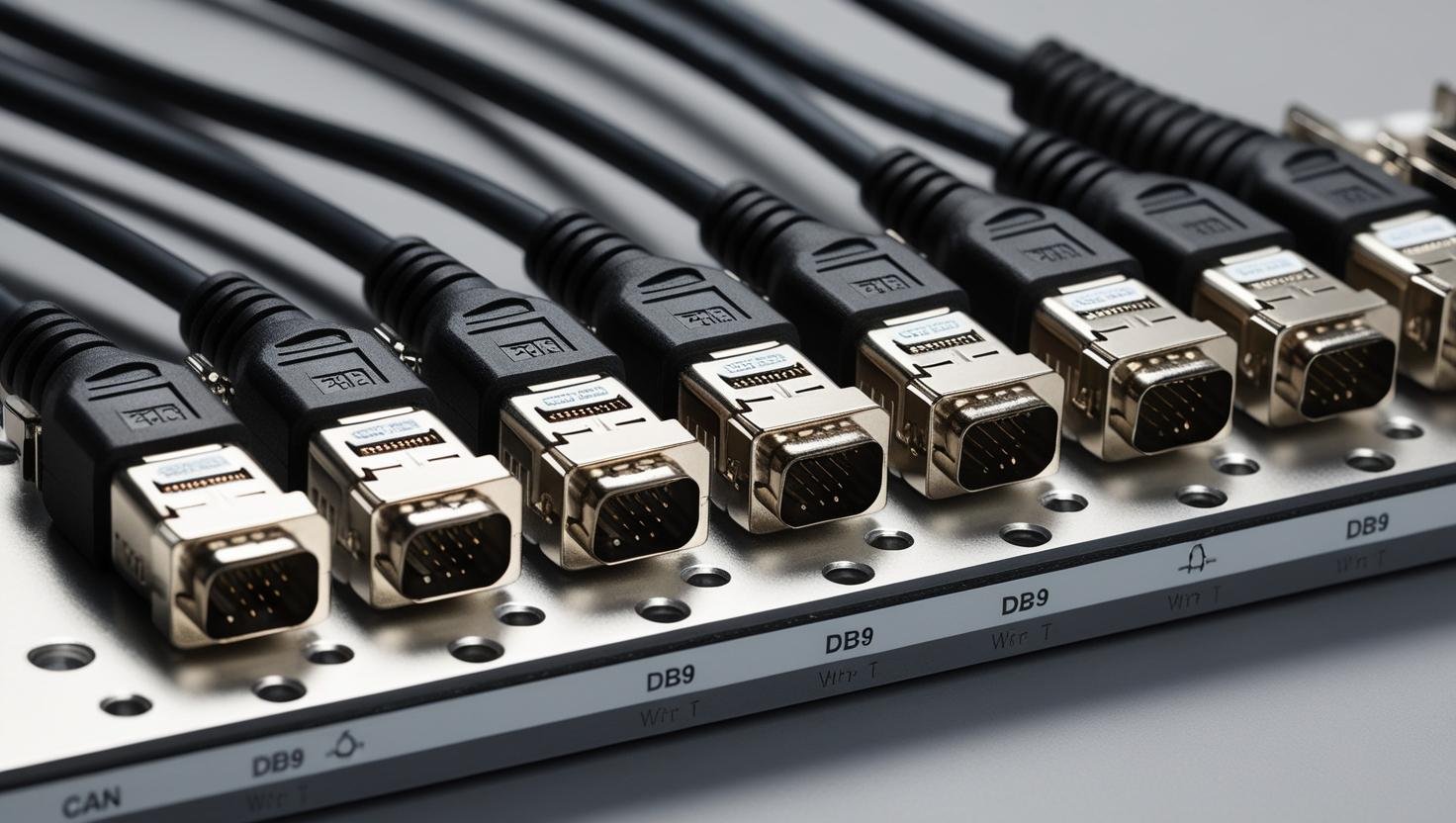
CAN Simulation
CAN Simulation Project
The objective of the project is to simulate the distribution units of a CAN bus network. Within this system, the signals of 2×7 subunits need to be simulated effectively. The chosen solution involves the simulation using a PCAN basic unit, which provides the necessary functionality for CAN communication.
Key Aspects of the Project:
- Simulation Unit:
- The project’s core revolves around the PCAN basic unit, which acts as the interface for simulating CAN messages. This unit supports a wide range of CAN communication protocols, making it suitable for various applications and enabling a realistic representation of the CAN network.
- C# Driver Integration:
- To facilitate user interaction with the system, I developed a C# driver that is integrated into a user interface (UI) created with Visual Studio Forms. This integration allows for seamless communication between the simulation software and the user inputs.
- User Interface Design:
- The UI features an organized layout where each subunit is associated with 12 unique CAN frames. Users can adjust the settings for each CAN frame individually or collectively, providing flexibility in how the data is transmitted and allowing for tailored testing scenarios.
- Timely CAN Frame Management:
- Utilizing a specialized timing algorithm, I enabled precise control over the transmission of each CAN frame. Users can schedule the sending of frames either sequentially or simultaneously, offering a dynamic approach to simulate real-time scenarios within the bus network.
- Testing and Development:
- The project was developed as part of an iterative process, allowing for continual improvements and refinements. The key advantage of this setup is that developers can test any element of the entire network with actual CAN data traffic without the need for all hardware components to be available at once. This not only expedites the development process but also plays a crucial role in optimizing the system’s performance.
Conclusion:
Overall, this project represents a significant advancement in the simulation of CAN bus networks. By providing a robust user interface, customizable CAN frame configurations, and precise timing control, it significantly enhances the capabilities of developers working with CAN systems. This solution ensures that thorough testing and optimization can be conducted efficiently, even in situations where the full hardware setup is not immediately accessible.
Your vision, my creation!
I dare to dream and I won’t hesitate to bring it to life! I am here to make my boldest ideas a reality!